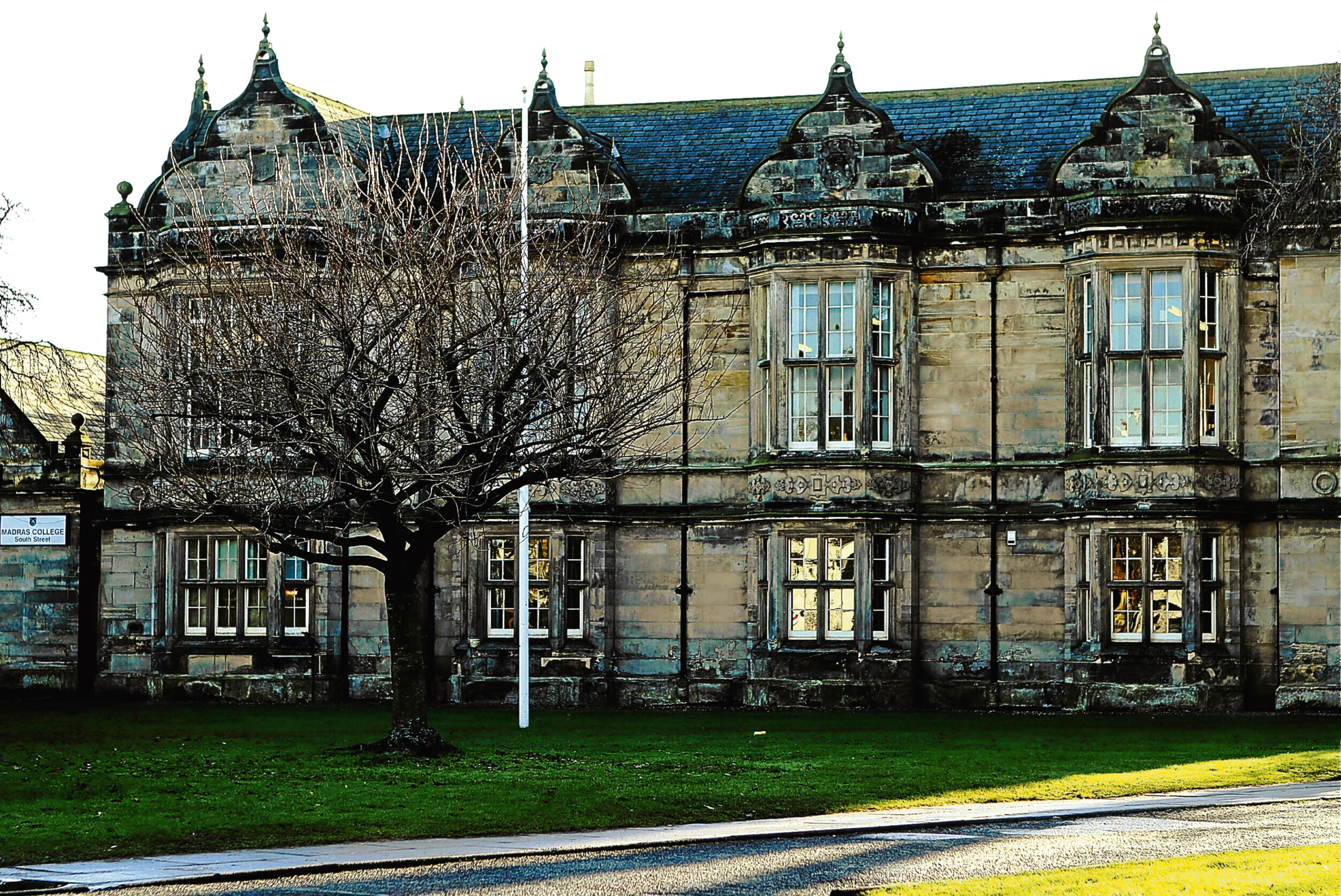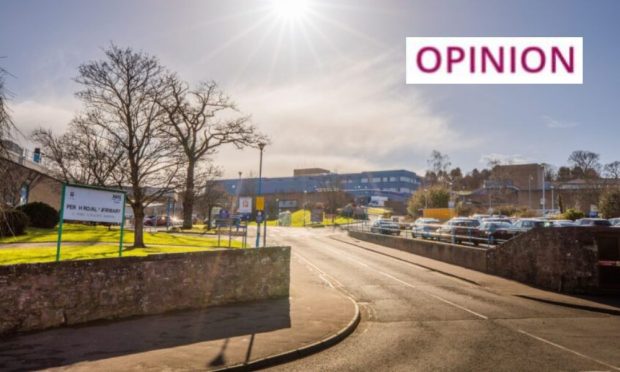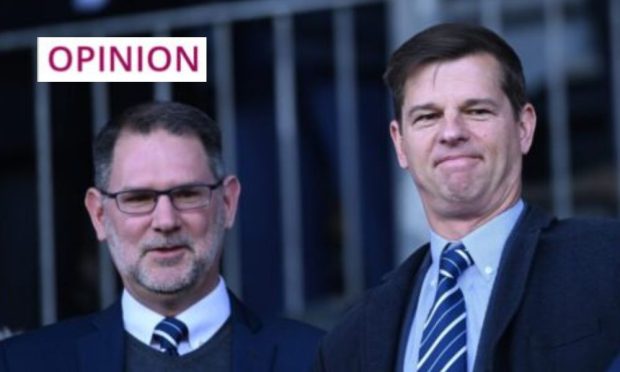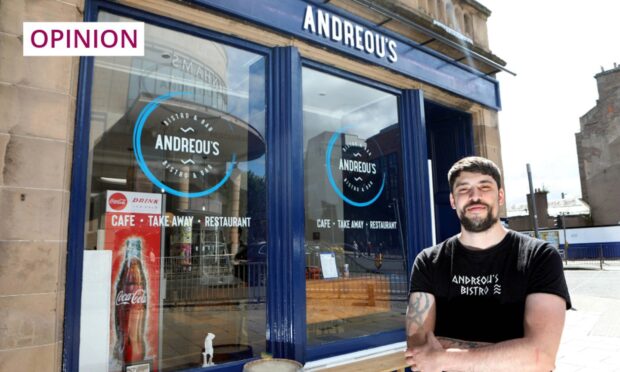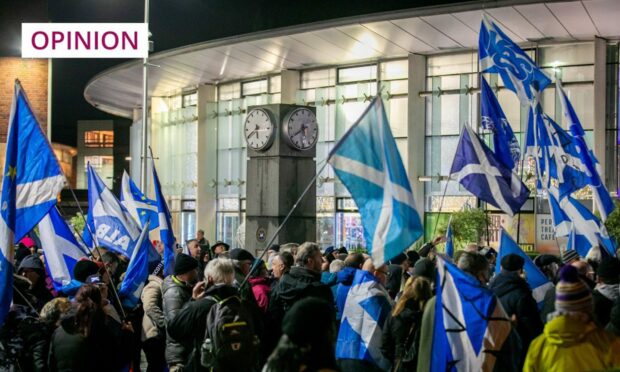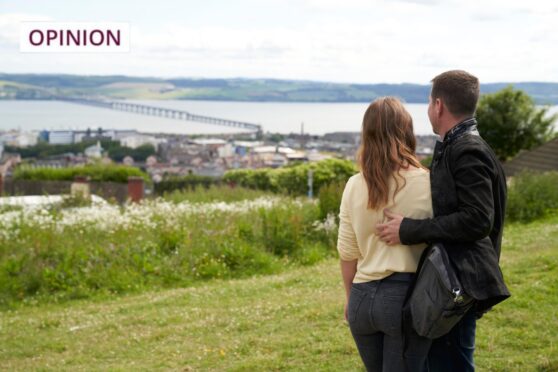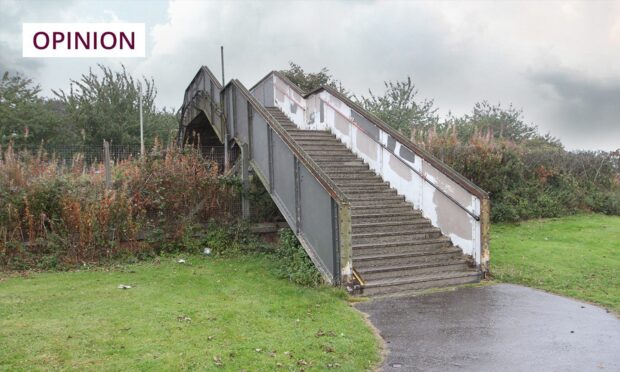Sir – May I correct some misconceptions propagated by my colleague, Councillor Kat Leslie, in her letter “Selfish to deprive pupils of new Madras”, (Letters, February 10)?
First, everyone has a democratic right to comment on planning applications, and those who do so deserve support and commendation from elected members for contributing to local planning democracy.
Did Cllr Leslie read the objections made by St Andrews residents to the A91 link road? Did she mug up the convoluted planning history of the first Madras application at Pipeland before traducing the motives of objectors? Had she done so, she might have learnt something from their knowledge of the planning system and their commitment to ensuring development in St Andrews takes place in the most sympathetic and sustainable way possible.
She might also have appreciated that Fife planners do not always know best, which is why the council lost its judicial review and had to abandon the Pipeland application.
Second, while everyone agrees a new Madras is desperately needed, the responsibility for delivering it lies squarely with Fife Council. It cut corners when it came to consultation and the planning process over the Pipeland site, hence its failure.
Again, if Cllr Leslie had done her homework, she would know that the possibly show-stopping delay to the present application is not the access road, but that Fife Council has decided it cannot consent it until the whole St Andrews West development has received outline planning permission.
This is in the hands of four private developers and no one knows when they will reach agreement to submit their application, or when it will be consented, given that it will be extremely complex and controversial. The tendency for councillors to scapegoat individuals in St Andrews for the delay in delivering a new school merely stokes community conflict.
By covering up the council’s incompetence, it also distracts elected members and officers from addressing the real obstacles to delivering a new school. If consent for the new Madras cannot be separated from consent for the St Andrew West development, then we need to develop an alternative site sooner rather than later.
Linda Holt.
Councillor, East Neuk and Landward,
Dreel House,
Pittenweem.
No rates relief for schools
Sir, – I am glad the rector of Dundee High School, Dr John Halliday, has joined the debate about losing the 80% rates relief his school receives (“Rates relief must be kept for independent schools, says rector”, The Courier, February 7).
I support the Scottish Government’s decision in doing this. I would even go further and abolish the charitable tax relief independent schools receive.
Why should Scottish taxpayers subsidise the 6% of Scottish pupils who receive a superior education with better resources, results and outcomes in life than many of the 94% of the Scottish students who are in state schools?
State school students are dealing with austerity cuts and, in many cases have free school meals or go to breakfast clubs.
Some schools in the Dundee area cannot even afford a second-hand minibus.
Judging by the luxury cars I see dropping off kids at Dundee High School, I believe the vast majority of the parents there can absorb the financial consequences of these cuts.
Parents are free to buy their children a privileged education with their money, but not at the expense of taxpayers, who get very little in return for subsidising these schools.
Steve Kerr.
Maryfield,
Dundee.
Melting ice and rising sea levels
Sir, – Your correspondent, Malcolm Parkin (“If polar ice were an ice cube”, February 9), is correct in respect of floating sea ice not contributing to rising sea levels.
It is the melting of the land-based ice caps of Greenland and Antarctica in particular, together with significant contributions from glaciers and the ice caps of the higher mountain ranges, which is causing sea levels to rise.
The expansion of water caused by rising sea temperatures associated with “global warming” also contributes.
C J Allan.
Mansefield,
Tealing.
EU workers will still come
Sir, – If Councillor Ben Lawrie finds Kirstene Hair’s position on migrant labour perplexing (“Politics at odds with logistics”, Letters February 9) then it must be said that his position is misleading.
The mindset where nothing can be achieved without slavish observance of EU regulations is actually not followed in practice by Poland – an EU member where 1 million temporary workers from Ukraine (not an EU member) are currently employed.
Does Mr Lawrie (and presumably the Liberal Party) really believe that, after Brexit, the EU will actively try to prevent any migrant workers coming to Scotland, who wish to work in Scotland and whom we agree to provide employment for?
It’s time we freed ourselves from this claustrophobic mindset where nothing can be achieved without the controlling hand of Brussels.
Migrant workers will choose the best deal for themselves and if we can offer good conditions competitively there is no reason whatsoever that post-Brexit we can’t recruit suitable seasonal migrant labour to meet the demands of our industry.
Mr Lawrie must understand that we needn’t capitulate to the restrictive practices of the EU.
Political point scoring won’t produce the solutions which can only be achieved by enterprising and innovative political actions after Brexit, which he and his party seem unable to offer.
Iain G Richmond.
Guildy House,
Monikie.
Are predictions too difficult?
Sir – Holyrood publishes a pessimistic report on the possible effects of various Brexit options and is described as “scaremongering”.
Westminster publishes an even more pessimistic report and the response is to question the veracity of the forecasters – in other words shoot the messenger.
I leave the reader to draw their own conclusions.
Tom Ward.
Old Brechin Road,
Lunanhead,
Forfar.
A call for public ownership
Sir, – Over and over again we are told of the rich getting richer, with fantastic salaries and pay-offs and vast profit-making, while the rest of us try to cope with rising prices, particularly of food, and wages held below inflation.
It is getting more and more difficult just to manage.
There have to be changes very soon, but changes that will benefit everyone.
It’s been repeatedly demonstrated that if enough people voice their opposition to an injustice, or a bad policy, changes are made.
This surely points the way to the future.
A change of immediate benefit to the majority of the working population would be to take into public ownership the essential services on which we all rely – electricity, gas and water, as well as rail, bus and tram transport systems.
Millions of pounds are taken in profit from these mainly privately-owned industries every year.
Meanwhile, working people have no choice but to pay the charges demanded to use these services.
Taking these industries into public ownership is a necessary and major change.
It can be done if enough people voice their support.
Mr A Delahoy.
35 Silverknowes Gdns,
Edinburgh.
